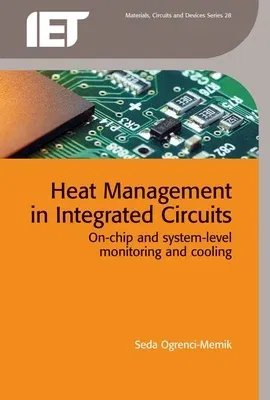Seda Ogrenci-Memik
(Author)Heat Management in Integrated Circuits: On-Chip and System-Level Monitoring and CoolingHardcover, 1 December 2015

Qty
1
Turbo
Ships in 2 - 3 days
In Stock
Free Delivery
Cash on Delivery
15 Days
Free Returns
Secure Checkout

Part of Series
Materials, Circuits and Devices
Print Length
264 pages
Language
English
Publisher
Institution of Engineering & Technology
Date Published
1 Dec 2015
ISBN-10
1849199345
ISBN-13
9781849199346
Description
Product Details
Author:
Book Format:
Hardcover
Country of Origin:
GB
Date Published:
1 December 2015
Dimensions:
23.88 x
16 x
2.03 cm
ISBN-10:
1849199345
ISBN-13:
9781849199346
Language:
English
Location:
Stevenage
Pages:
264
Publisher:
Weight:
589.67 gm